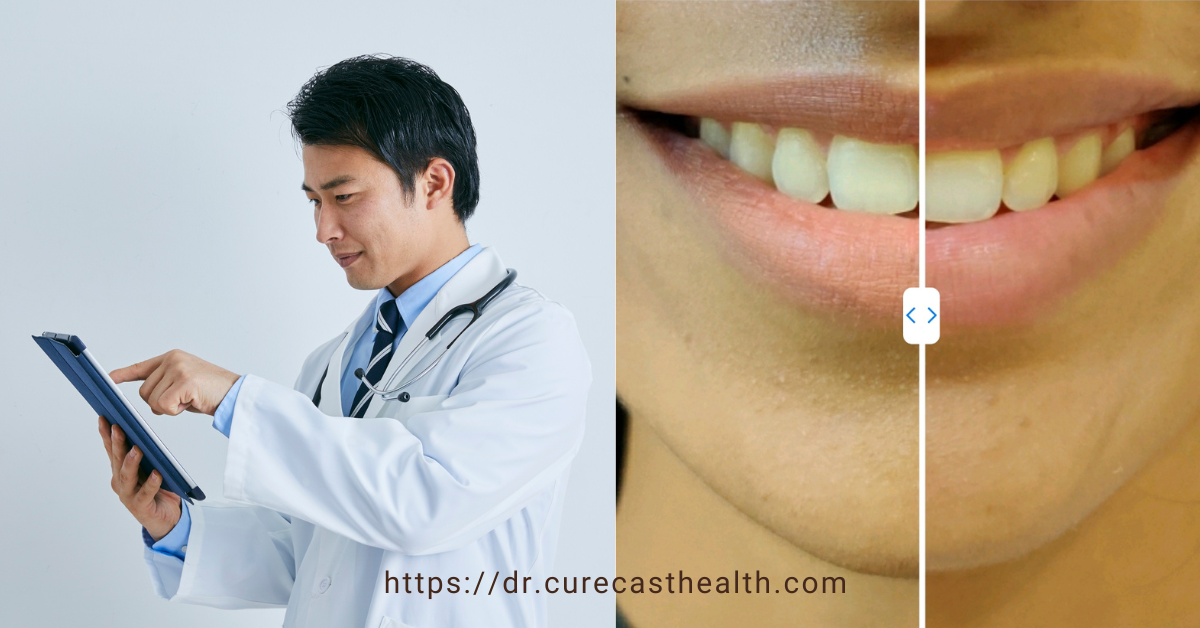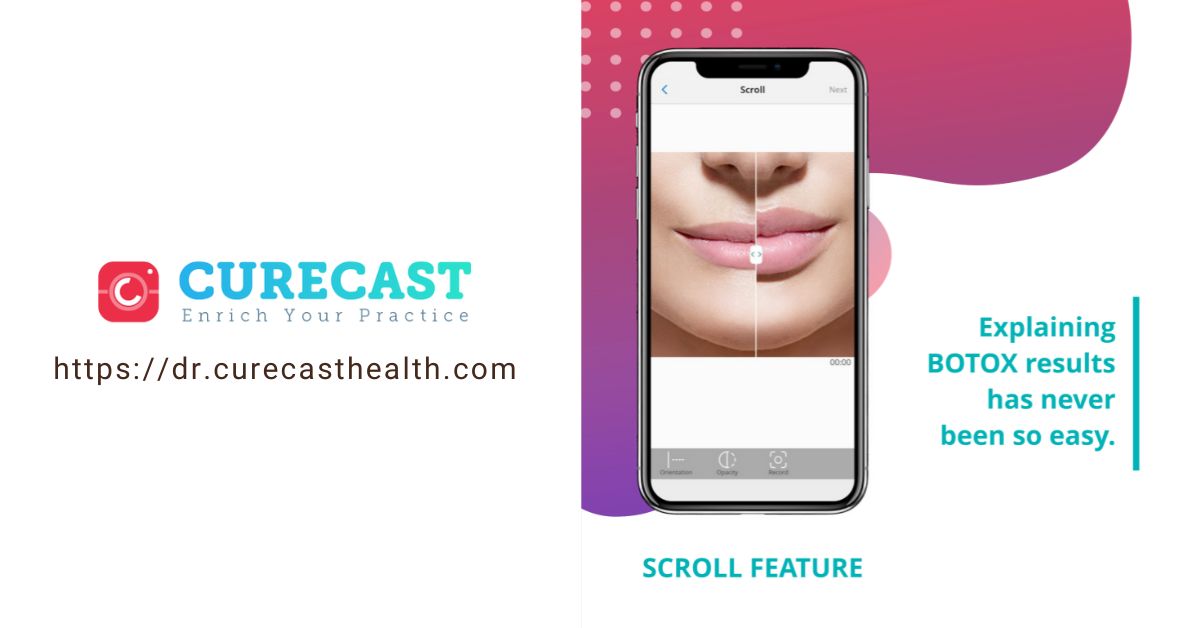In the world of aesthetic medicine, before & after photos are more than just visual proof — they are powerful trust-building tools that influence patient decisions and drive marketing success. But in 2025, the rules of the game are changing. With stricter regulations on digital marketing, privacy, and patient consent, clinics must now navigate a new landscape of legal, ethical, and marketing challenges.
Here’s what you need to know — and how CureCast makes it easy to stay ahead.
📜 1. The New Legal Standards: What’s Changing in 2025?
Governments and regulatory bodies across the US, UK, EU, and parts of Asia have introduced stricter guidelines around how clinical images are collected, stored, and published.
Key trends include:
-
Informed consent must be explicit: Generic consent is no longer acceptable. Patients must sign off on how their photos will be used — clinical records, marketing, website, or social media.
-
Photo editing must be disclosed: Retouching or using filters (even mild ones) without disclosure is considered deceptive.
-
Privacy-first storage: Images must be stored in encrypted systems, not personal phones or unsecured cloud apps, to comply with HIPAA/GDPR-like standards.
✅ What this means: You can’t just snap a photo and post it. Every step — from capture to publishing — must be documented and secure.
⚖️ 2. Ethical Considerations: Transparency Over Perfection
Patients are increasingly savvy. They want to see authentic results, not just filtered glamour shots. Ethically, it’s essential to:
-
Use consistent lighting and angles to show real progress.
-
Avoid manipulating body shape, skin tone, or blemishes post-treatment.
-
Disclose what treatments were performed and over what time frame.
💡 Tip: Labeling your images as “Patient consented. No filters used.” builds trust — especially on platforms like Instagram and Google.
📈 3. Marketing Trends: What’s Working in 2025?
Marketing in 2025 is about trust, education, and compliance. Before & after images are still the most engaging content for med spas and plastic surgery clinics — but only when used responsibly.
What’s working now:
-
Interactive before-after sliders on websites and emails.
-
Stories and reels showing treatment timelines (e.g. Day 1, Week 4, Week 8).
-
Patient testimonials paired with photo journeys.
-
Google Ads and Meta Ads now require documented proof of consent and editing disclosure to run aesthetic ads.
🔐 4. How CureCast Helps You Stay Compliant & Competitive
CureCast is more than just a photo storage tool — it’s your visual EMR and compliance assistant.
Here’s how it solves real-world challenges:
✅ Timestamped Photo Documentation
Each image is tagged with date, treatment notes, and patient ID — helping doctors prove progress and maintain accurate records.
✅ Secure, Encrypted Storage
CureCast ensures all images are stored in HIPAA-compliant cloud servers, accessible only by authorized users.
✅ Integrated Patient Consent Forms
Capture and store digital consent for clinical, marketing, and social media use — all in one place.
✅ Side-by-Side Comparison Tools
Auto-aligned before & after photos with consistent angles help showcase results clearly and ethically.
✅ Staff Access Control
Limit photo access to authorized personnel to prevent misuse and maintain patient privacy.
🧠 Future-Proof Your Clinic
As aesthetic medicine becomes more regulated, the clinics that prioritize ethical marketing, patient consent, and secure documentation will thrive.
CureCast helps you:
-
Reduce legal risk
-
Build trust with patients
-
Market confidently with compliant visuals
👉 Whether you run a med spa, plastic surgery clinic, or dermatology practice, CureCast is the smart solution to manage your visual data securely and effectively in 2025.



Leave A Comment